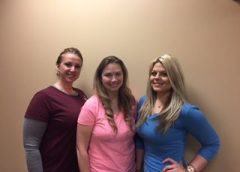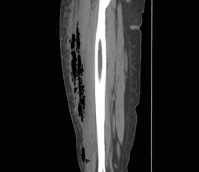Physicians evaluate new device to test for cervical cancer. Comparison of Tissue Yield Using Frictional Fabric Brush Versus Sharp Curettage For Endocervical Curettage.
Women undergoing cervical biopsies might have lower odds of repeat tests with a rotating fabric brush than a sharp instrument because the soft device may capture more cells for analysis, a recent study suggests. Furthermore, biopsies with the softer tool may be less painful, researchers say. Cervical biopsies sometimes fail to collect enough cells from the cervix to accurately test for cancer, in which case another biopsy is needed. (more…)
Read More
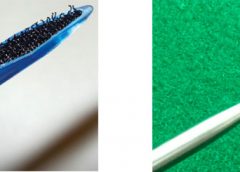
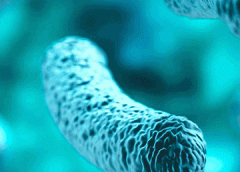
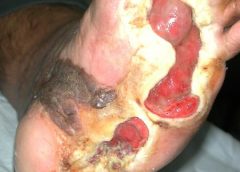
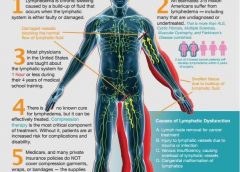
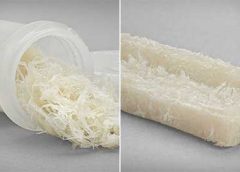



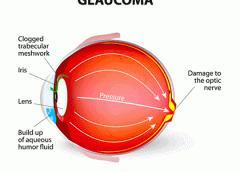
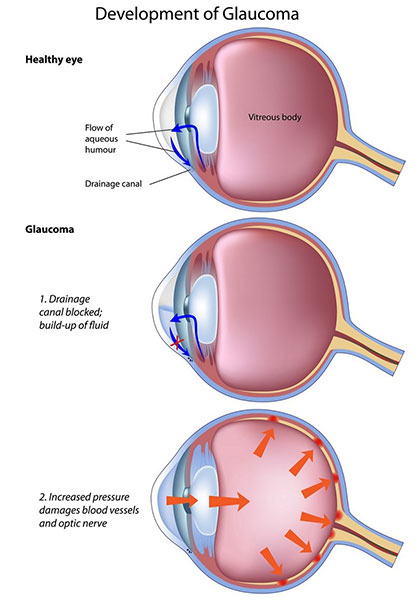 Ophthalmology is a great specialty partly because procedures, devices and drugs constantly evolve, keeping us learning and giving our patients better care. Ask your colleagues in other specialties, and you’ll find that the pace of change in most other medical fields is not nearly as rapid as in ours.
Ophthalmology is a great specialty partly because procedures, devices and drugs constantly evolve, keeping us learning and giving our patients better care. Ask your colleagues in other specialties, and you’ll find that the pace of change in most other medical fields is not nearly as rapid as in ours.